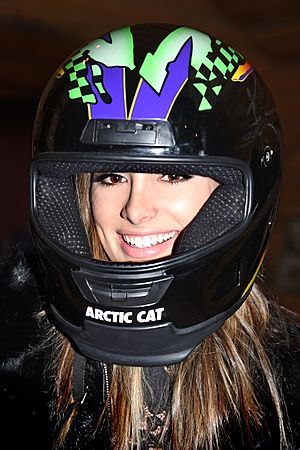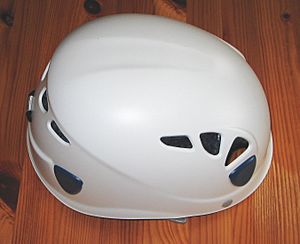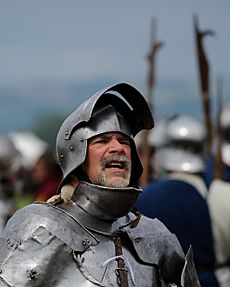Helmet facts for kids
A helmet is a strong or soft hat that you wear to protect your head. There are many kinds of helmets. Some are made from metal, and others are made from plastic. Helmets often have soft padding inside and straps to keep them on your head. They help keep your head safe from bumps, falls, or other dangers.
Contents
Different Kinds of Helmets
People wear helmets for many reasons to stay safe.
- Soldiers wear strong steel helmets. These protect their heads from explosions and bullets.
- Construction workers wear plastic helmets called hard hats. These protect them from things falling from above.
- Welders wear special helmets with a dark lens. This lens protects their eyes from the very bright light of welding.
- Bicycle riders wear helmets made of plastic and foam. These protect their heads if they fall or have an accident.
- Motorcycle riders also wear helmets to protect their heads in crashes.
- People who ride horses wear helmets. This keeps them safe if they fall off the horse.
- Rock climbers wear helmets in case they fall or if small rocks drop.
- Cavers wear helmets to protect their heads from hitting rocks inside a cave.
How Helmets Are Designed
Helmets protect your head by soaking up the energy from an impact. They also stop sharp things from poking through. When a helmet takes a big hit, its structure changes to absorb the force. Helmets also need to be light and not too big. If they are too heavy or bulky, they could hurt your head or neck.
Helmets are designed differently for different activities.
- A bicycle helmet needs to protect against hard hits if your head strikes the road.
- A helmet for rock climbing needs to protect against heavy impacts. It also protects from small rocks or climbing gear falling from above.
- Bicycle helmets are often smooth and have vents to keep you cool.
- Rock climbing helmets are light and small so they don't get in the way.
Some helmets have extra parts to make them even safer:
- Many helmets have a face visor or goggles to protect your eyes.
- Some sports helmets have a metal face guard.
- Baseball batting helmets have extra protection over the ear. This helps protect the jaw from injury.
- Motorcycle helmets often have visors that flip down. These protect you from rain and wind. They might also have a sun visor.
- Hard hats for construction workers mainly protect from falling tools.
- Riot police helmets often have clear visors that flip down. They also have thick padding for the back of the neck.
- Modern firefighter's helmets protect the face and back of the head. They guard against impacts, fires, and electricity. They can also have masks and communication systems.
- Welding helmets protect the eyes, face, and neck from bright flashes, UV light, sparks, and heat. They have a small, very dark window to look through.
- Some people with medical conditions wear helmets. This protects their brain if there is a gap in their skull.
- Mixed martial arts helmets have ear pads. These prevent serious ear injuries for the athletes.
- Some water sports helmets, like for underwater hockey, have ear cages. These stop your eardrum from bursting from water pressure or hits.
- Crash helmets for Formula One racing drivers are very advanced. They are designed to protect against head and neck injuries.
What Helmets Are Made Of
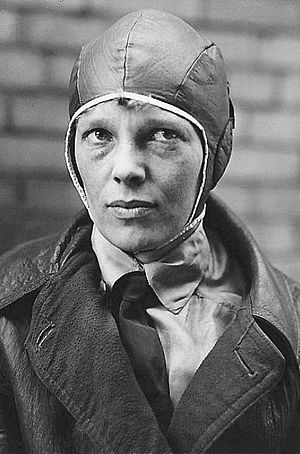
Over time, helmets have been made from many different materials. These include metals, plastics, leather, and strong fibers like Kevlar.
- Very old helmets, from ancient and medieval times, were usually made of metals. These were often bronze, iron, or steel. Some ancient helmets were even made from boar's tusks!
- In the 18th and 19th centuries, some British gamekeepers wore helmets made of straw and bramble.
- The pith helmet, made of pith or cork, became popular in the mid-19th century. Europeans often wore them in hot, tropical places.
- In the 19th and 20th centuries, many military helmets were made of leather. This included helmets for early pilots and tank crews. Early football helmets were also made of leather.
- During World War II, pilots from different countries wore leather helmets.
- The First and Second World Wars also saw metal military helmets come back. Famous ones include the Brodie helmet and the Stahlhelm.
Today, helmets are used for many more things. They are made for specific sports and jobs. Modern helmets often use plastics and other man-made materials. These materials are light and great at absorbing shock. Some strong synthetic fibers used in helmets today include Aramid and Kevlar.
History of Helmet Types
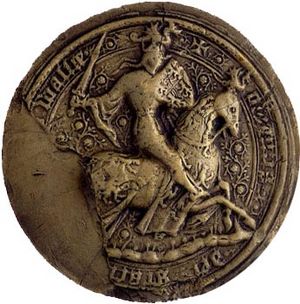
Helmets have changed a lot throughout history. Most early helmets were for military use. Some were also for ceremonies, not just fighting.
Two important ancient helmets were the Corinthian helmet and the Roman galea.
During the Middle Ages, many different metal helmets were made for soldiers and ceremonies. Some important medieval helmets were the great helm, the bascinet, the frog-mouth helm, and the armet.
The great seal of Owain Glyndŵr (who lived from about 1359 to 1415) shows him and his horse in full armor. They both wear protective headgear. Owain's helmet has a gold dragon on top. This would have been for show, not for real battles.
In the 19th century, new materials like leather, felt, and pith were used. The pith helmet and the leather pickelhaube were important helmets from this time. The biggest changes in helmet types and materials happened in the 20th century. Many special helmets were made for sports and different jobs. Modern plastics also became common. During World War I, the French army made the Adrian helmet. The British made the Brodie helmet, and the Germans made the Stahlhelm.
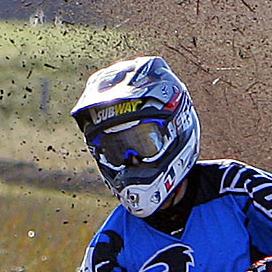
Flight helmets were also developed throughout the 20th century for pilots. Many sports helmets were created too. These include football helmets, batting helmets, cricket helmets, bicycle helmets, motorcycle helmets, and racing helmets.
Since the mid-20th century, helmets often use lightweight plastics and other man-made materials. Their use has become very specific for different activities. Some important recent helmets include the French SPECTRA helmet, the Spanish MARTE helmet, and the American PASGT (often called "Kevlar" by U.S. troops) and Advanced Combat Helmet, or ACH.
Images for kids
See also
 In Spanish: Casco para niños
In Spanish: Casco para niños


